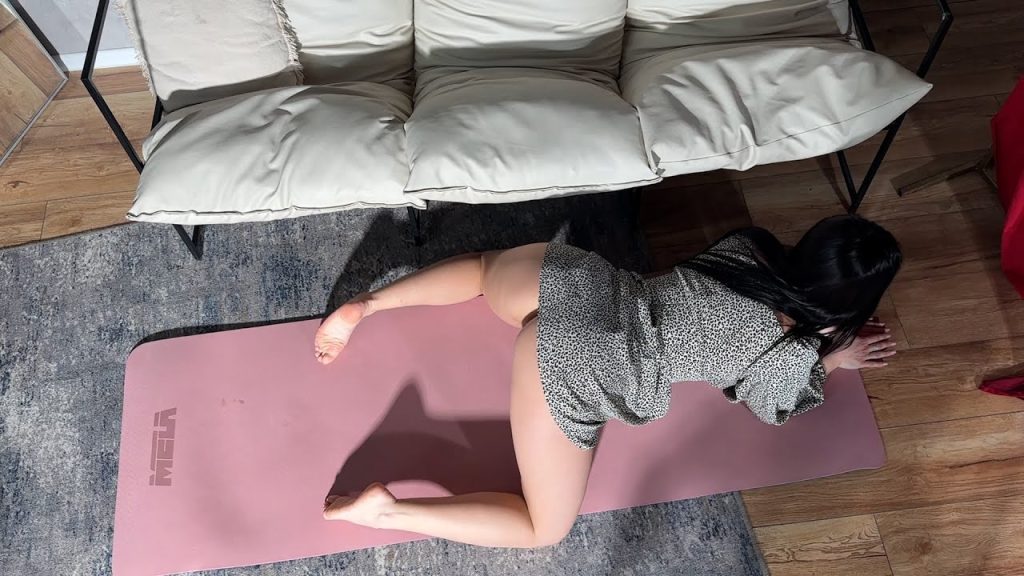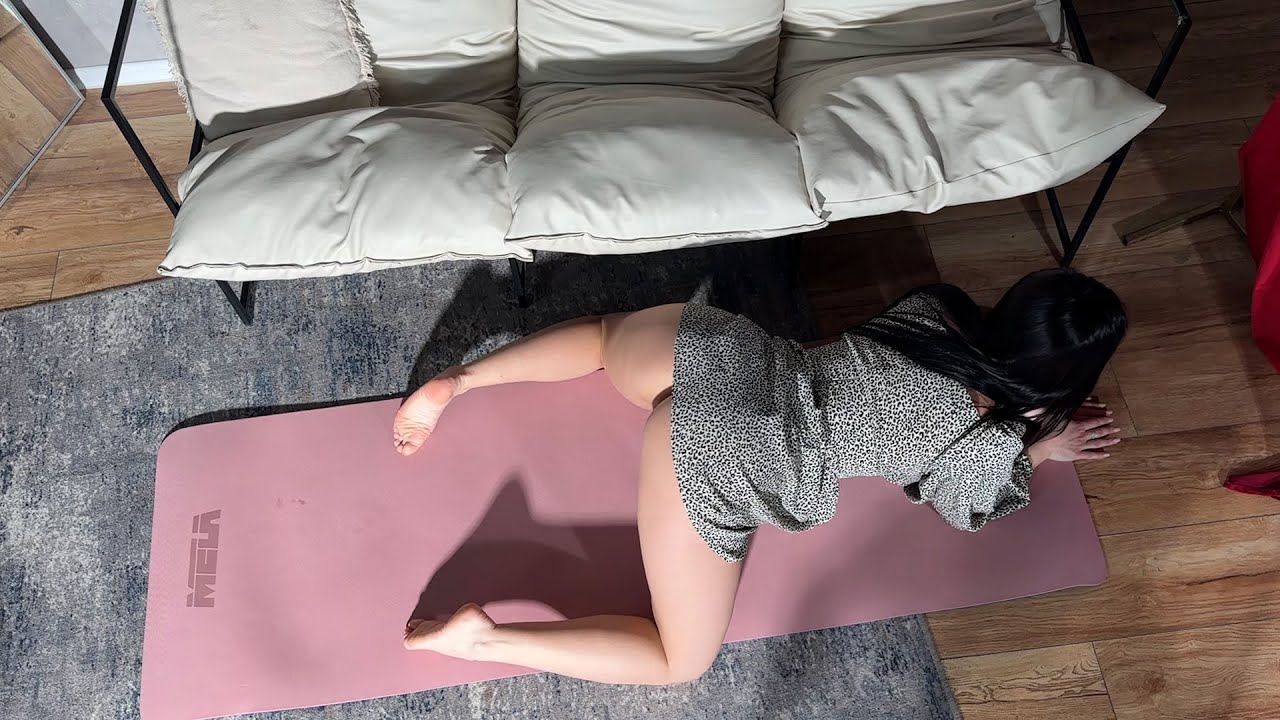
Physical activity is a crucial aspect of maintaining a healthy lifestyle. It not only helps you stay fit but also supports mental health, longevity, and overall well-being. One of the most effective ways to achieve physical fitness is through a balanced workout routine that includes both strength-building exercises and stretching exercises for flexibility. This article provides an in-depth look into the importance of workout and stretching exercises, the different types, and how they can be incorporated into your fitness routine for maximum results.
The Role of Workout and Stretching in Fitness
Workouts typically focus on building strength, endurance, or cardiovascular health, while stretching focuses on flexibility and injury prevention. A good fitness routine combines both to achieve a well-rounded fitness level. Workouts help:
- Improve cardiovascular health: Exercises like running or cycling strengthen the heart and lungs.
- Build strength and muscle: Strength training helps develop muscle tone and improve metabolism.
- Boost mental well-being: Physical activity releases endorphins, which alleviate stress and improve mood.
On the other hand, stretching:
- Increases flexibility: Enhances the range of motion in your joints.
- Improves posture: Helps correct imbalances that could lead to poor posture.
- Prevents injury: Stretching reduces muscle tightness and makes the body less prone to injuries.
- Aids in recovery: Post-workout stretching helps reduce muscle soreness and promotes recovery.
Types of Workout Exercises
There are several categories of workout exercises, each designed to target different aspects of fitness. Incorporating a mix of the following into your routine is key to achieving well-rounded fitness.
1. Cardio (Aerobic) Exercises
Cardiovascular exercises are designed to increase your heart rate and improve stamina. They burn calories and are effective for fat loss. Common cardio exercises include:
- Running or jogging: One of the most accessible forms of cardio.
- Cycling: Whether outdoors or on a stationary bike, cycling works your legs and cardiovascular system.
- Jump rope: Great for quick, high-intensity cardio sessions.
- Swimming: A full-body cardio workout that is gentle on the joints.
2. Strength Training
Strength training is essential for building muscle and boosting metabolism. It typically involves lifting weights or using your body weight as resistance. Examples include:
- Weightlifting: Exercises like squats, deadlifts, and bench presses.
- Bodyweight exercises: Push-ups, squats, lunges, and planks.
- Resistance bands: Portable bands that add resistance without heavy equipment.
3. Flexibility and Mobility Training
While not always thought of as “workout” exercises, flexibility and mobility training is crucial to a well-rounded fitness regimen. Flexibility exercises improve the range of motion in your muscles and joints, reducing the risk of injury.
- Yoga: Combines stretching, strength, and breath control.
- Pilates: Focuses on core strength and flexibility.
4. High-Intensity Interval Training (HIIT)
HIIT combines short bursts of intense exercise followed by brief periods of rest. It’s effective for burning fat and improving cardiovascular health in a shorter amount of time. HIIT exercises include:
- Sprints: Running or cycling at maximum effort for 20-30 seconds, followed by rest.
- Bodyweight circuits: Exercises like burpees, jump squats, and mountain climbers performed at high intensity with minimal rest.
The Importance of Stretching Exercises
Stretching exercises are vital for maintaining flexibility, promoting recovery, and preventing injuries. There are several types of stretching, each serving a different purpose in your fitness routine.
1. Static Stretching
Static stretching involves holding a stretch for an extended period, usually 15-60 seconds. It’s best performed after a workout when muscles are warm. Common static stretches include:
- Hamstring stretch: Sitting and reaching for your toes.
- Quadriceps stretch: Pulling your foot towards your glutes to stretch the front of your thigh.
- Chest stretch: Extending your arms out and gently pulling them backward.
2. Dynamic Stretching
Dynamic stretching involves active movements that take joints through their full range of motion. These stretches are typically done before a workout to prepare the muscles and joints for exercise. Examples include:
- Leg swings: Swinging one leg forward and back.
- Arm circles: Rotating the arms in large circles to warm up the shoulders.
- Walking lunges: A combination of stretching and muscle activation for the legs and hips.
3. PNF Stretching
Proprioceptive Neuromuscular Facilitation (PNF) stretching is an advanced form of flexibility training. It involves a combination of stretching and muscle contraction to enhance flexibility. This type of stretching is often done with a partner and is most commonly used by athletes.
Incorporating Workouts and Stretching into a Routine
A balanced fitness routine should incorporate different types of exercises for optimal results. Here’s a sample weekly workout plan that balances strength, cardio, and flexibility exercises:
- Day 1: Full-body strength training + Static stretching post-workout.
- Day 2: Cardio (running or cycling) + Dynamic stretching before.
- Day 3: HIIT workout + Static stretching post-workout.
- Day 4: Rest day or light yoga for flexibility.
- Day 5: Upper body strength training + Dynamic stretching.
- Day 6: Cardio or light swimming + Static stretching.
- Day 7: Lower body strength training + Dynamic stretching.
Incorporating stretching exercises both before and after workouts is crucial. Dynamic stretches help warm up the muscles, preparing them for intense activity, while static stretches post-workout aid in muscle recovery and prevent stiffness.
Tips for a Successful Workout and Stretching Routine
- Stay consistent: Consistency is key to seeing long-term results. Set a schedule that allows you to workout at least 3-5 times a week.
- Warm up and cool down: Always start your workout with a warm-up and end with a cool-down. Stretching exercises are essential for both phases.
- Listen to your body: Avoid pushing yourself too hard, especially when stretching. Stretching should not be painful; it should feel like a gentle pull.
- Mix it up: Avoid workout plateaus by incorporating variety into your routine. Mix strength, cardio, and flexibility exercises to keep things interesting.
- Stay hydrated: Proper hydration is vital for both workouts and stretching as it keeps muscles supple and prevents cramping.
Conclusion
Incorporating both workout and stretching exercises into your fitness routine is essential for achieving overall fitness, flexibility, and injury prevention. Strength and cardio workouts build muscle, burn fat, and enhance endurance, while stretching exercises improve flexibility, aid in recovery, and prevent injuries. Together, these two aspects of fitness help create a balanced and sustainable lifestyle. Whether you’re new to exercise or an experienced athlete, the combination of these elements will help you reach your health and fitness goals more effectively.
Thank you for join our website ❤



